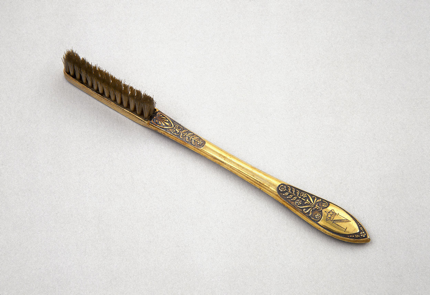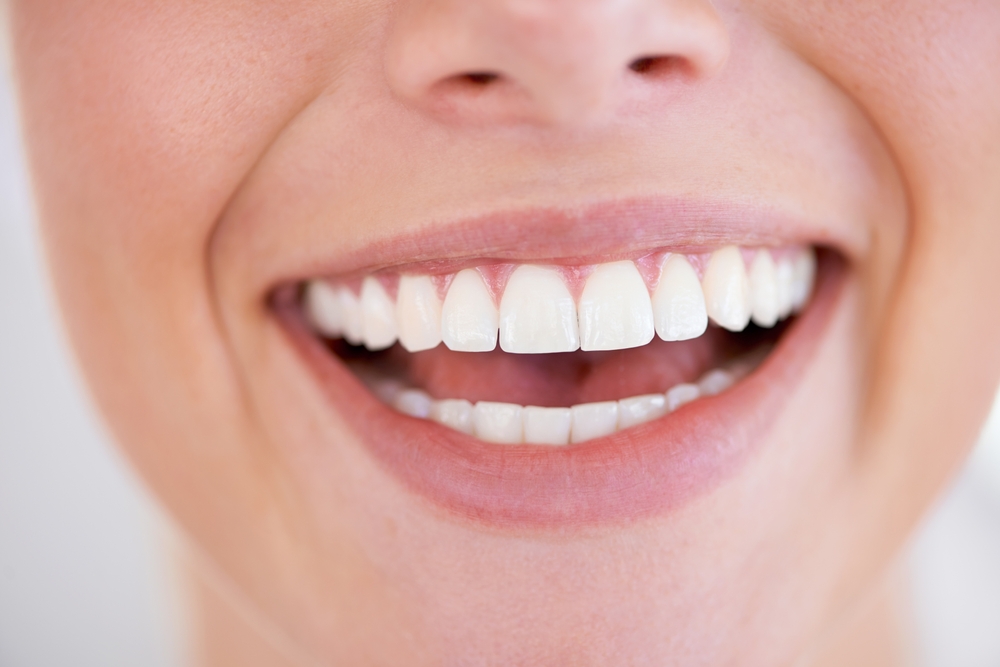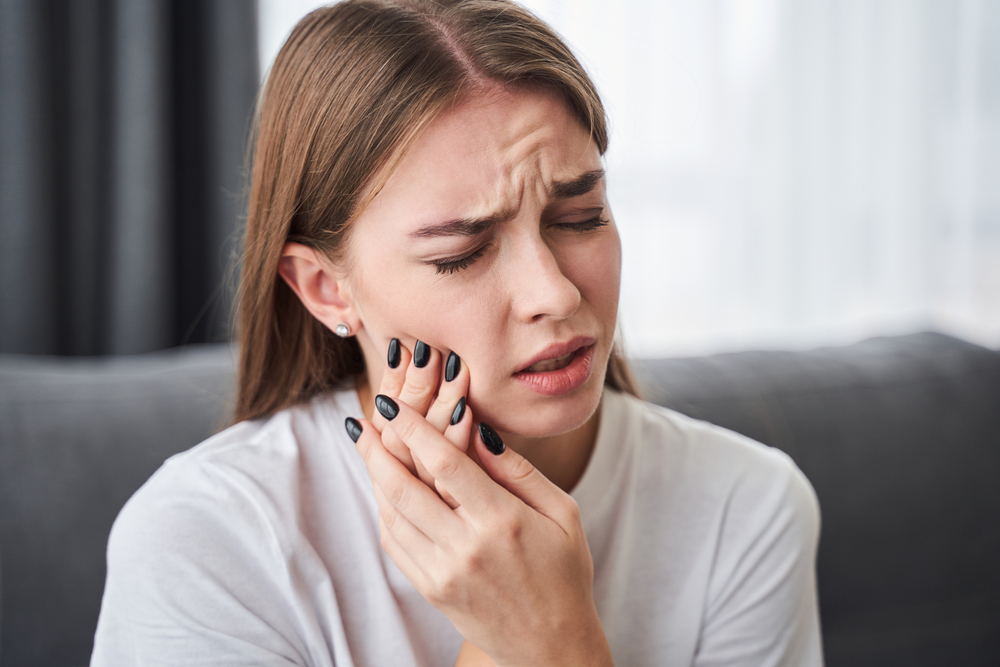When it comes to the most advanced, cutting edge dental techniques in dental offices in Lancaster, PA, Smiles By Stevens certainly exemplifies these qualities.
Dr. Shea F. Stevens has been named PA’s top 20 dentists for over 4 years in a row – due to his education, expertise, professionalism and sincere care.
Dr. Stevens, your go-to-family dentist in Lancaster, PA, specializes in general, cosmetic, and implant dentistry. He graduated Summa Cum Laude in Kinesiology at West Chester University of PA, and then went on to study dentistry at Temple University where he found his passion for dentistry and graduated in the top of his class.
He next attended a ten-month residency at New York University in the surgical placement and restoration of dental implants, and then completed a yearlong surgical program at the prestigious Misch International Implant Institute.
Continuing to learn is important to Dr. Stevens, as he intends to remain a top dentist for years to come. Still, he also believes it is important to remember, “where things came from” and thinks the history of the toothbrush is worth hearing about!
Well, we all know what a toothbrush is – an oral hygiene tool that, together with a toothpaste, cleans our teeth and gums.
But, did you know that the earliest bristle toothbrush, the direct predecessor to the modern toothbrush, originated in China?
It was during the Tang Dynasty (619–907), and hog bristle was used for the toothbrushes that resembled the ones we know today.
Even before the bristle toothbrush there were various tools used to clean the teeth, uncovered by many excavations all over the world, such as chew sticks, which date back to Egypt and Babylonia in 3500 BC, tree twigs, bird feathers, animal bones and porcupine quills.
Merchants and travelers brought toothbrushes to Europe from their explorations in East Asia around the 17th century. Europeans found the hog bristle toothbrushes to be too firm, and opted for softer bristle toothbrushes from horsehair.
In 1770, William Addis of England, who was in jail, wanted to improve the way teeth were then cleaned – rubbing a rag with soot and salt on the teeth. So he saved a small animal bone from his meal, drilled small holes into it, inserted and tied some bristles supplied by his guard, and sealed it all with glue. Once he was released, he started manufacturing the toothbrushes and soon became very rich. He died in 1808, leaving the business to his eldest son; it stayed in family ownership until 1996.
Here’s a horsehair toothbrush said to have been used by Napoleon Bonaparte (Wikipedia):

However, animal bristle was not an ideal material as it preserves bacteria, does not dry easily, and the bristles tend to fall out. Natural animal bristles were replaced by synthetic fibers, usually nylon, and the first nylon toothbrush was introduced in the 1930s by DuPont. Finally, the first electric toothbrush was invented in Switzerland in 1954.
Interesting fact:
Brushing teeth in the United States did not become routine until after World War II, when American soldiers had to clean their teeth daily.
The toothbrush, this little tool that has been in some shape and form present throughout the history, was selected as the number one invention Americans could not live without, according to the Lemelson-MIT Invention Index in January.
At Smiles By Stevens, our greatest satisfaction and drive come from creating or restoring a healthy and confident smile for our clients!
With our first-class services also comes a guarantee that your visit to our cutting edge dental office will be as pleasant and comfortable as possible.
We invite you to see for yourself why Smiles By Stevens is one of the leading and most trusted dental offices in Lancaster, PA. Click here to learn about the products and services he offer.





